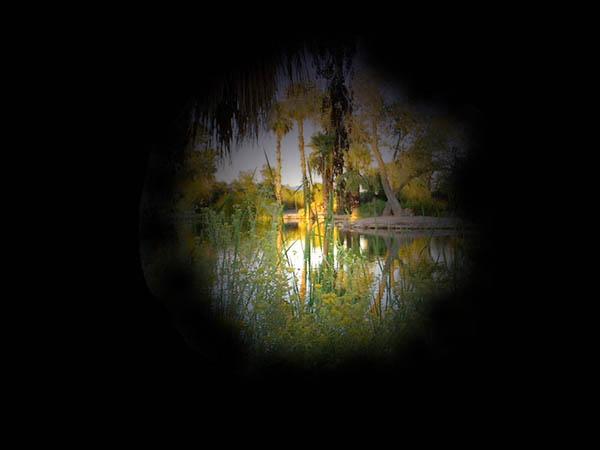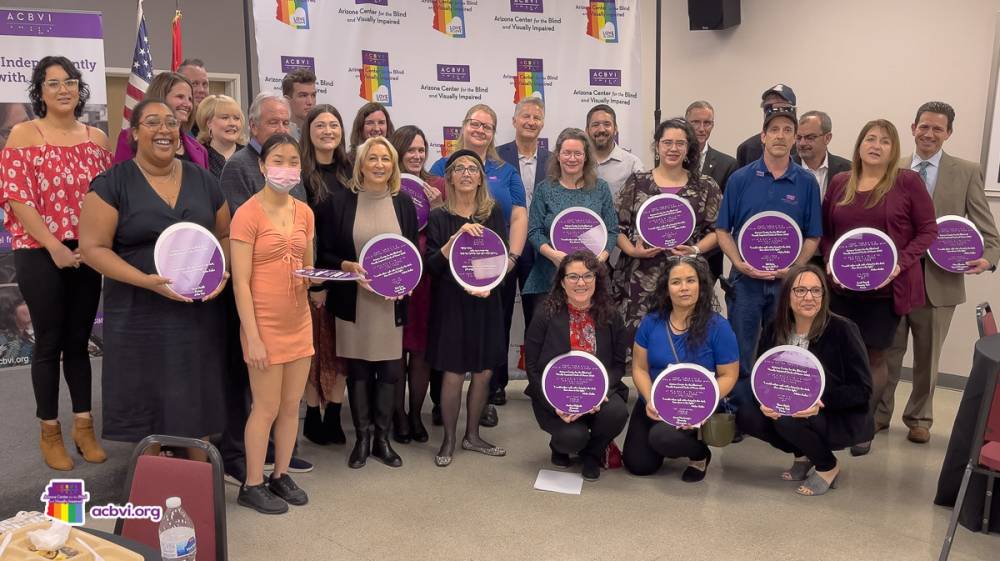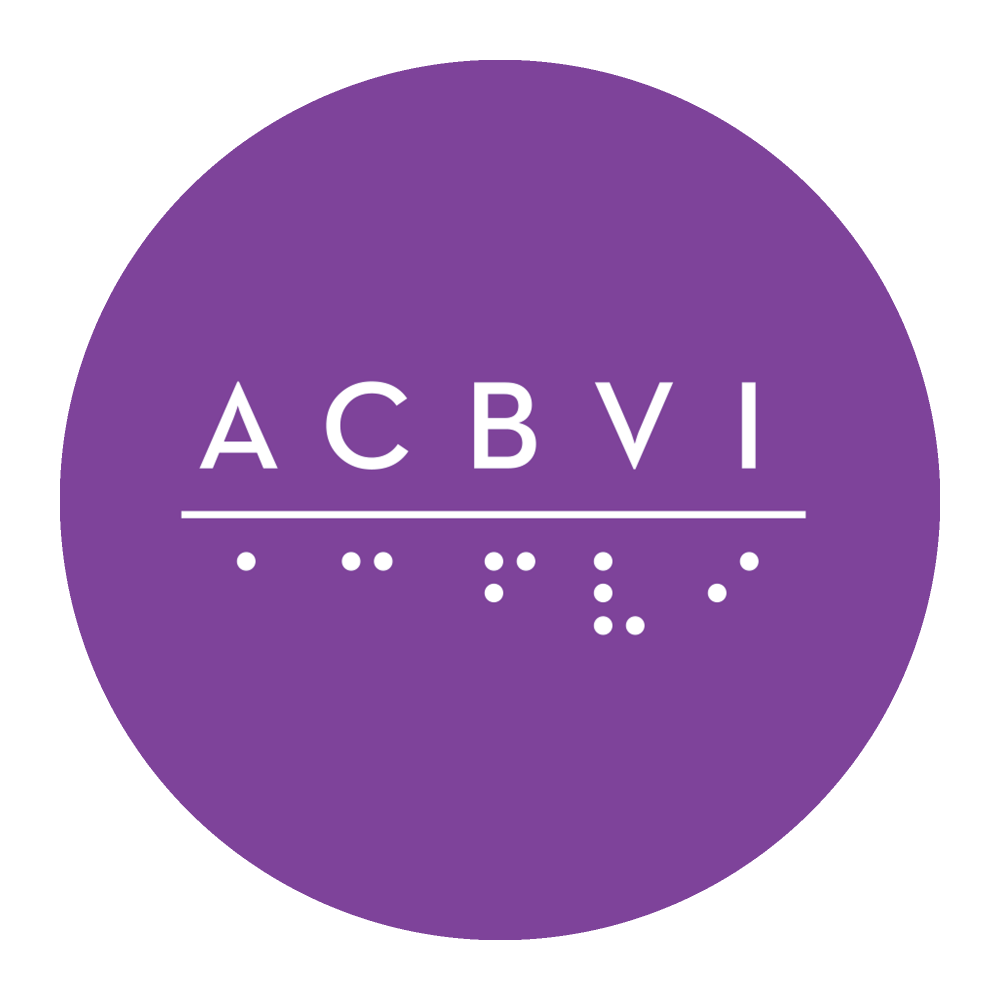Back to Basics: What Do Blind People See?
- By: Jon Williams
- /
- Monday, September 21st, 2020

[Photo Gallery] Explore 4 common eye conditions
With kids back to school – in one form or another – we thought we’d get back to basics and delve into one of the most common questions we get about blindness. What do blind people actually see?
The answer might surprise you!
Most people associate blindness or visual impairment with total darkness. In truth, some 85 percent of people who are legally blind do have some remaining vision and perceive light.
In our office and online, ACBVI has a photo gallery that simulates what people with different eye conditions may see. This is a good teaching tool, as long as you keep in mind that each person experiences vision loss a bit differently.
This photo represents 20/20 vision. Even if you require glasses or corrective lenses, you have what experts consider “normal vision” if you can see more or less clearly with both eyes in a visual field of 170 degrees.

You fit the legal definition of blindness if your better eye has 20/200 vision with the best correction. That means you need to be within 20 feet of something to see the detail that someone with 20/20 vision could see from 200 feet away. Blindness also applies if your visual field is limited to 20 degrees.
Now let’s examine at 4 common eye conditions and how they may appear.
Macular Degeneration (Early & Late Stage)
Macular degeneration is associated with aging. This condition thins your macula, or the central part of the retina that allows the eye to see fine details. The retina is the light-sensitive tissue at the back of the eye.
At first, you may notice a waviness of lines like trees, telephone poles and ceiling tiles. As the condition progresses, these lines may become exaggerated or you may just see a small abnormal blind spot.


Cataract
Cataract is a clouding of your eye’s lens which cannot be corrected by glasses or contact lenses. A number of eye structures can develop these opacities, including your cornea and vitreous.
The cornea is the clear front part of your eye that focuses light. The vitreous is a clear gel between the lens and the retina.
Cataracts can happen at any age and they’re the leading cause of vision loss in the United States. But they’re treatable with surgery.

Diabetic Retinopathy
This is a complication of diabetes that happens when blood vessels stop properly feeding the retina. This photo depicts the blind spots, or scotomas, that are common with early stage diabetic retinopathy, or DR.
DR is the leading cause of blindness in U.S. adults, but early diagnosis and treatment can prevent this. That’s one more reason why it’s so important to get your eyes examined regularly.

Glaucoma
Glaucoma is a group of eye diseases that damage the optic nerve and can lead to partial or total blindness. This occurs because of a rise in the fluid pressure inside your eye.
Loss of peripheral vision, halos around lights, or shimmering lights are potential signs you may have glaucoma. You may also experience mobility and night vision issues.
Some types of glaucoma come with severe eye pain, which can help in seeking treatment early. Other types progress slowly with little to no symptoms.

If you’d like to learn more about what the 200,000 Arizonans with vision loss see, check out our online simulator.
If you or someone you know has vision loss and would like to enroll in an ACBVI program or service, contact us at 602-273-7411.
About The Author

Jon Williams
Jon Williams is the Fund Development Officer at ACBVI. He has over 25 years of professional non-profit experience in development, fundraising, volunteer and event management with national non-profits including the American Cancer Society, the American Diabetes Association, and three member food banks in the Feeding America network, including his last position as Development Manager with United Food Bank in Mesa. Originally from South Bend, IN and a graduate of Ball State University, Jon has devoted his career in giving back to the community and providing assistance to those underserved populations needing help. A resident of Chandler, Jon enjoys the Arizona lifestyle along with traveling near and far, a great live concert or an exciting sports game!



